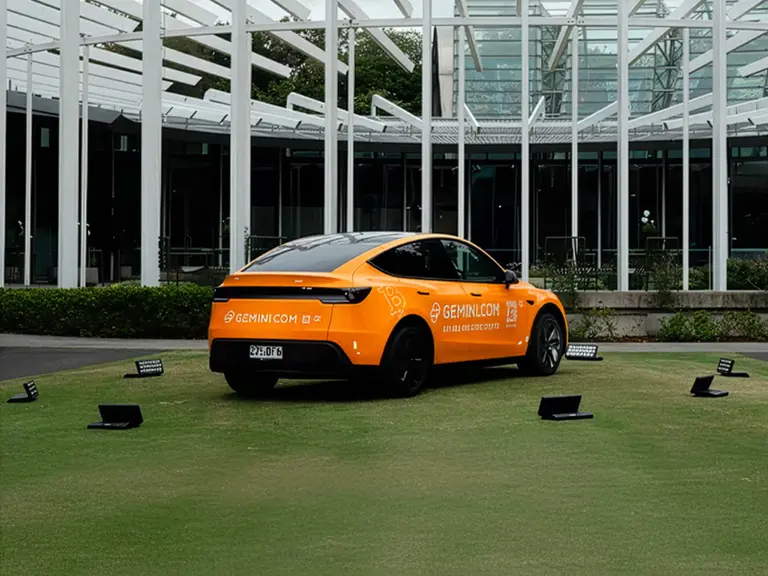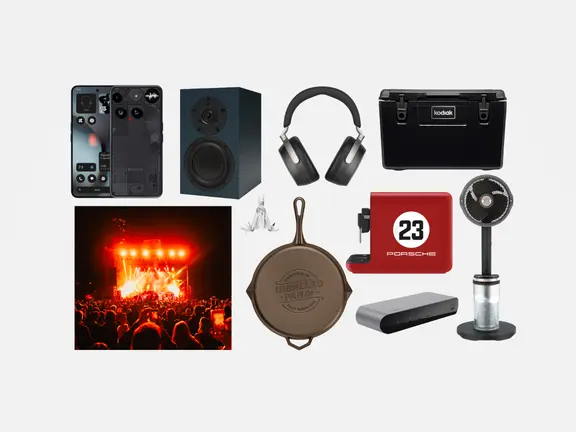
Published:
Readtime: 5 min
Every product is carefully selected by our editors and experts. If you buy from a link, we may earn a commission. Learn more. For more information on how we test products, click here.
As the internet becomes a staple part of Australian life, the debate between 5G and NBN rages on. Savvy tech-heads will say that 5G often provides superior speeds compared to some NBN options, but it’s not always the wiser choice for reasons we’ll soon explain. Furthermore, NBN is continuing to improve, with some plans offering speeds much faster than traditional broadband.
In fact, some NBN plans are now offering speeds of up to 250Mbps (minimum 211Mbps at peak times) for the price of most 100Mbps NBN services, and it’s great to see the everyday Aussie benefiting as competition amongst broadband providers heats up.
Ultimately, the type of internet service that works best for your home can boil down to where you live and your individual needs. So which one is right for you? Let’s find out!

What are 5G and NBN?
5G and NBN are the foremost internet service options throughout Australia and they represent two different technologies. Whereas 5G relies on cellular technology, NBN uses a nationwide network of fibre optic, copper and hybrid fibre-coaxial cables with limited wireless coverage. Both networks are available to modern consumers but it’s NBN that reliably reaches the majority of Australian households at the moment.

Which Internet Service is Right for You and Your Home?
There’s much to consider when weighing the options between 5G and NBN. Price-wise, 5G broadband could rival the cost of your NBN plan in the long run. As providers introduce more 5G plans offering speed tiers similar to the NBN, from capped 50Mbps to uncapped speeds, cost comparisons become a little easier. Initially, NBN deals might look cheaper, but after promotional periods, 5G may offer better value, and in some cases, can provide higher speeds for less.
Performance varies: both 5G and NBN hit high speeds, but this can depend on where you live and network congestion. 5G’s peak capabilities can reach up to 1Gbps, but average speeds tend to be around 250Mbps on uncapped plans. The NBN offers more consistent speeds with less fluctuation, often delivering close to the maximum speeds advertised. However, in areas with strong 5G signals, you can expect faster downloads, especially during peak times.
Availability is a crucial decider. While NBN reaches most Australians, 5G is still expanding, with Telstra and Optus gradually increasing access. Use telco maps to check 5G in your area. If it’s unavailable, or to dodge congestion, NBN and 4G remain solid, reliable options.

Which Service Has the Potential to be Better?
While 5G broadband can, on paper, provide faster speeds and lower latency, and recent improvements to NBN have increased its performance speeds and other metrics, both networks are susceptible to environmental, infrastructure and coverage limitations, so it really does come down to your individual use case and location.
You can check your NBN service type and availability in your area through the NBN website, and you can check 5G service coverage using a mobile coverage checker for your preferred network. Ultimately, 5G often offers higher peak speeds and lower latency, but its availability and signal strength greatly impact the real-world experience.

Which Internet Service Provider Should You Choose?
Australia is home to a number of telcos, the main providers being Telstra, Optus and Vodafone along with many smaller providers that utilise either NBN Co or a network offered by the big three. It’s a crowded space with hundreds of plans available, but competition breeds great value, so it’s the Aussie consumer who wins if they compare what’s on offer!
When it comes to NBN, at the time of writing Aussie Broadband has an introductory rate for its NBN 100/20 plan at $85/month for the first six months, transitioning to $95/month afterwards. Meanwhile, Swoop tempts users with its NBN 250 plan promising superior speeds at an introductory price of $84/month, which escalates to $119/month after the initial period.

The award-winning SpinTel dominates for sustained value. What truly sets SpinTel apart is its consistently lower ongoing monthly rates, particularly $69 for the NBN 100 plan. It rises to just $79.95 after the first six months, making it the most economical choice for long-term savers. SpinTel also leads in the NBN 250 tier with the cheapest long-term rates, initially at $75/month before settling at $85.95/month – cheaper than most NBN 100 plans on the market.
If you’re considering 5G, you’ll need to choose from three different speed tiers – capped up to 50Mbps, capped up to 100Mbps, and uncapped. The first two are your cheaper options, and the number of providers offering 5G is steadily growing, with Optus, Telstra, SpinTel and TPG as some of the popular providers.

At the time of writing SpinTel is offering an uncapped 5G plan at the introductory rate of $79/month for the first three months, then $89/month ongoing, while Optus is offering an uncapped plan for $89/month for the first 6 months then $99/month ongoing.
Whether you’re moving house, hoping to save, or just looking to improve your internet speeds, SpinTel’s data plans are as effortless to set up as they are reliable to use. So what’s it going to be: 5G or NBN? Your move!
Disclaimer: This content was produced in partnership with home internet provider Spintel and is general in nature. The information on this website is not a substitute for financial advice and has been prepared without taking into account your objectives, financial situation or needs.


































Comments
We love hearing from you. or to leave a comment.